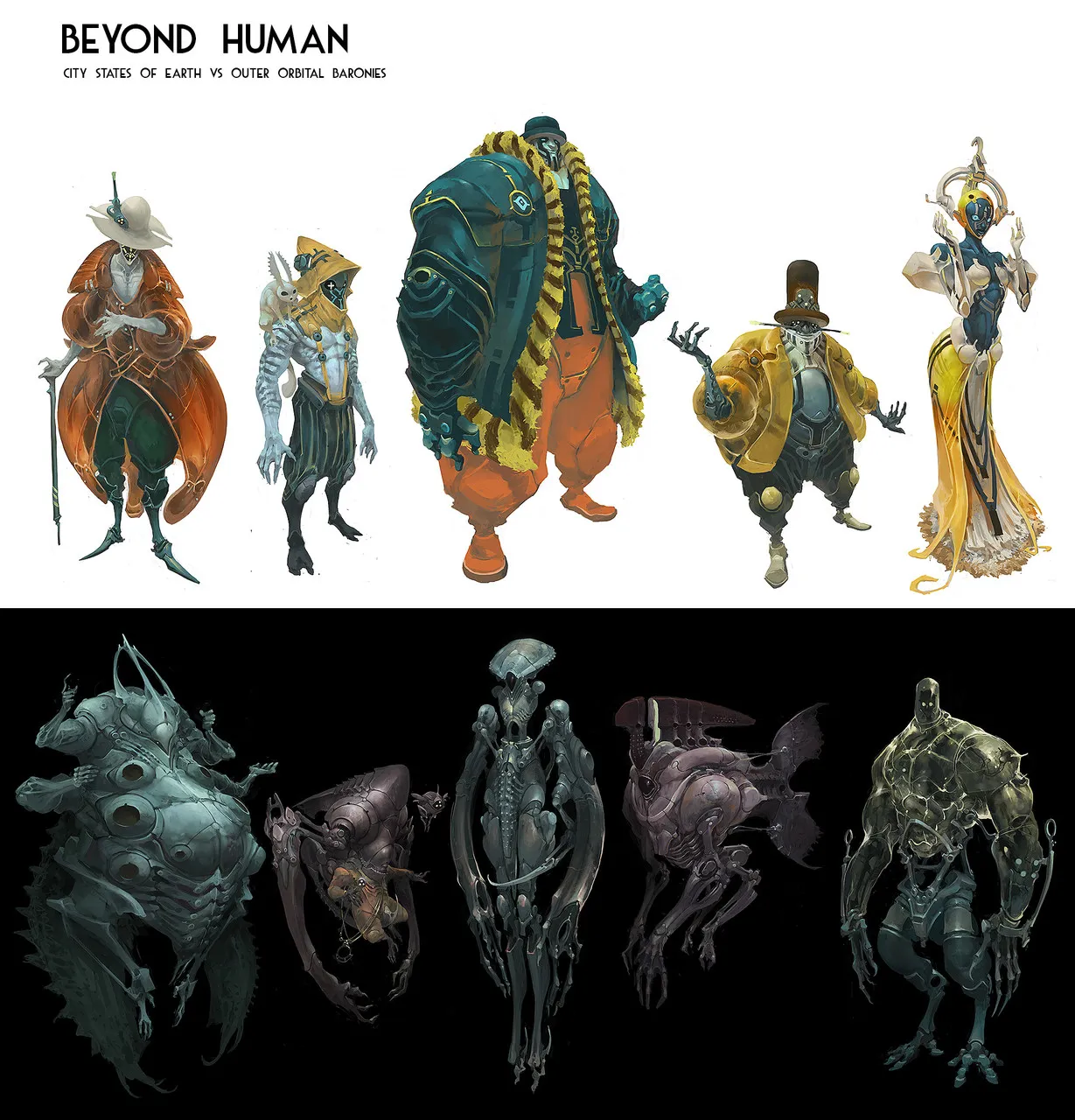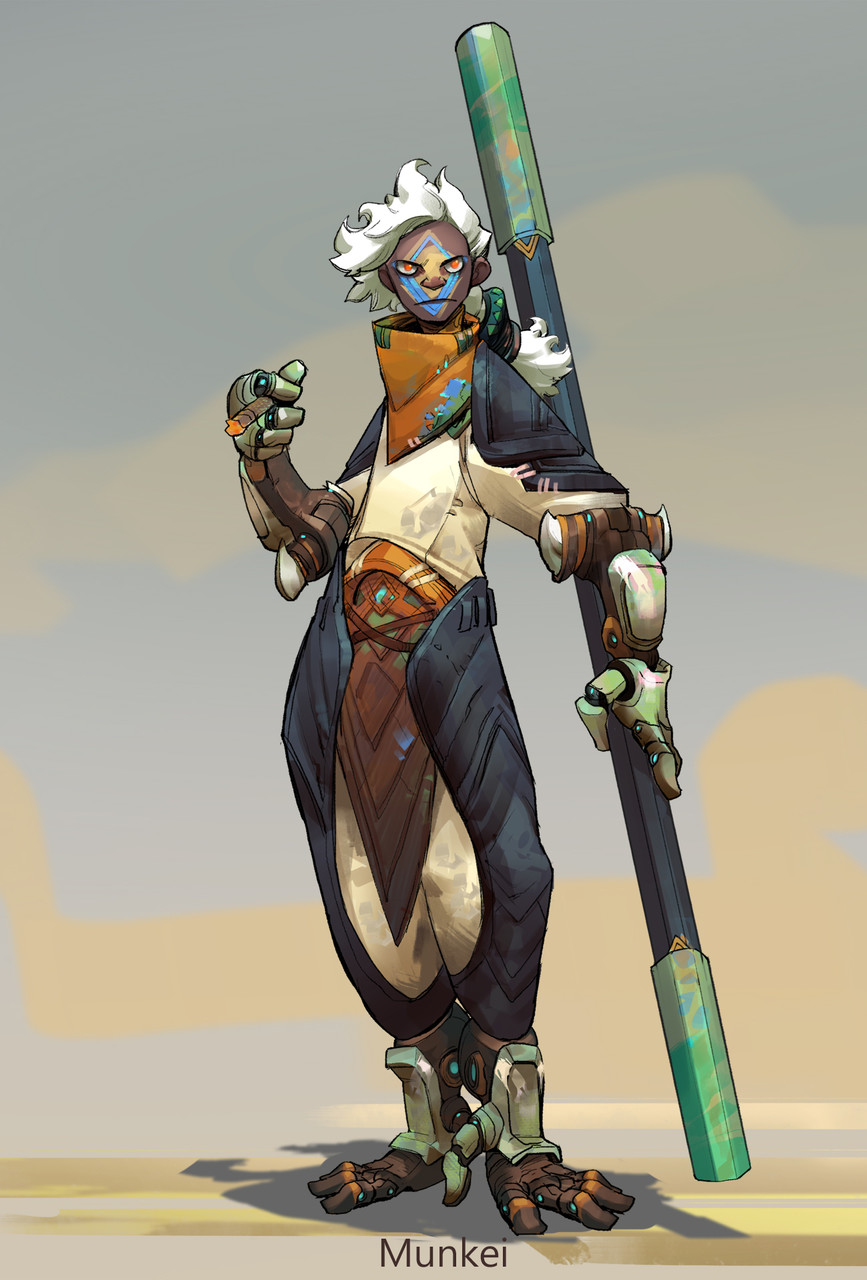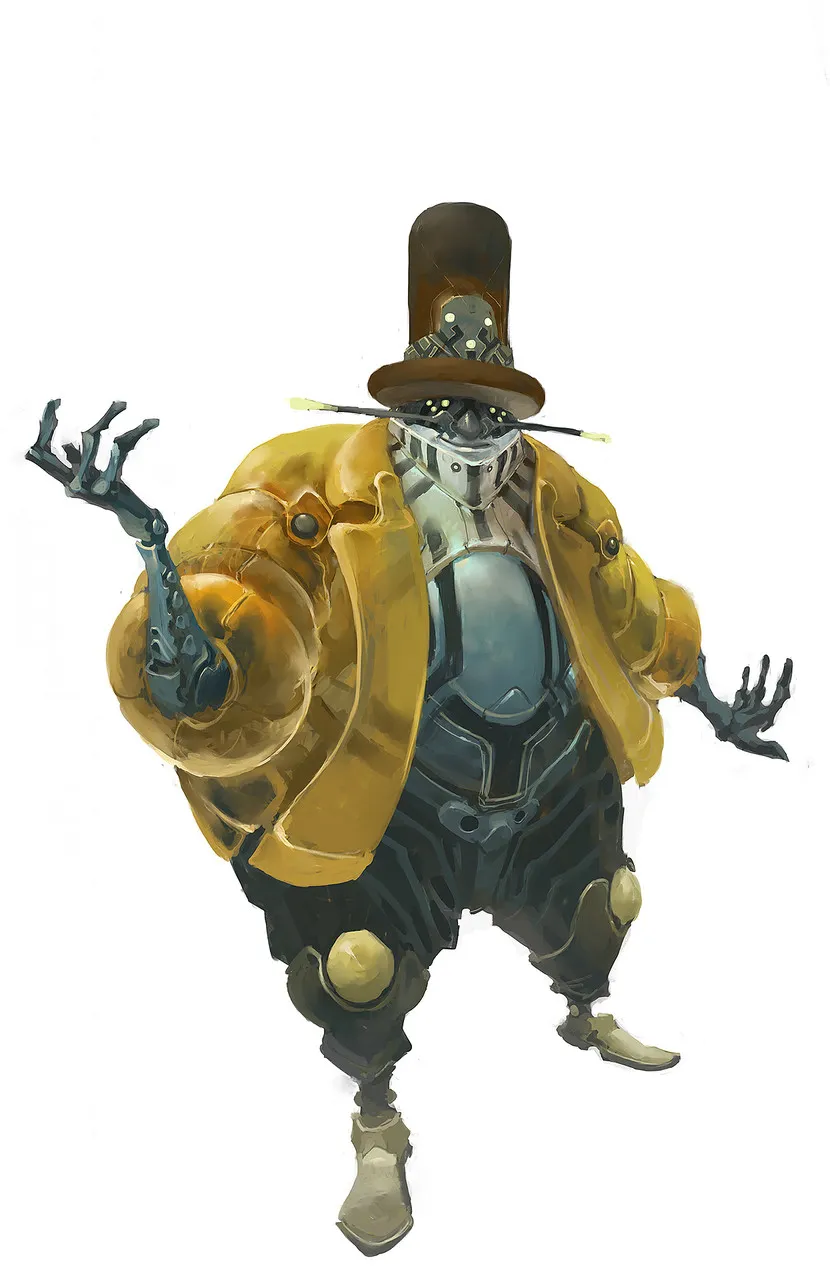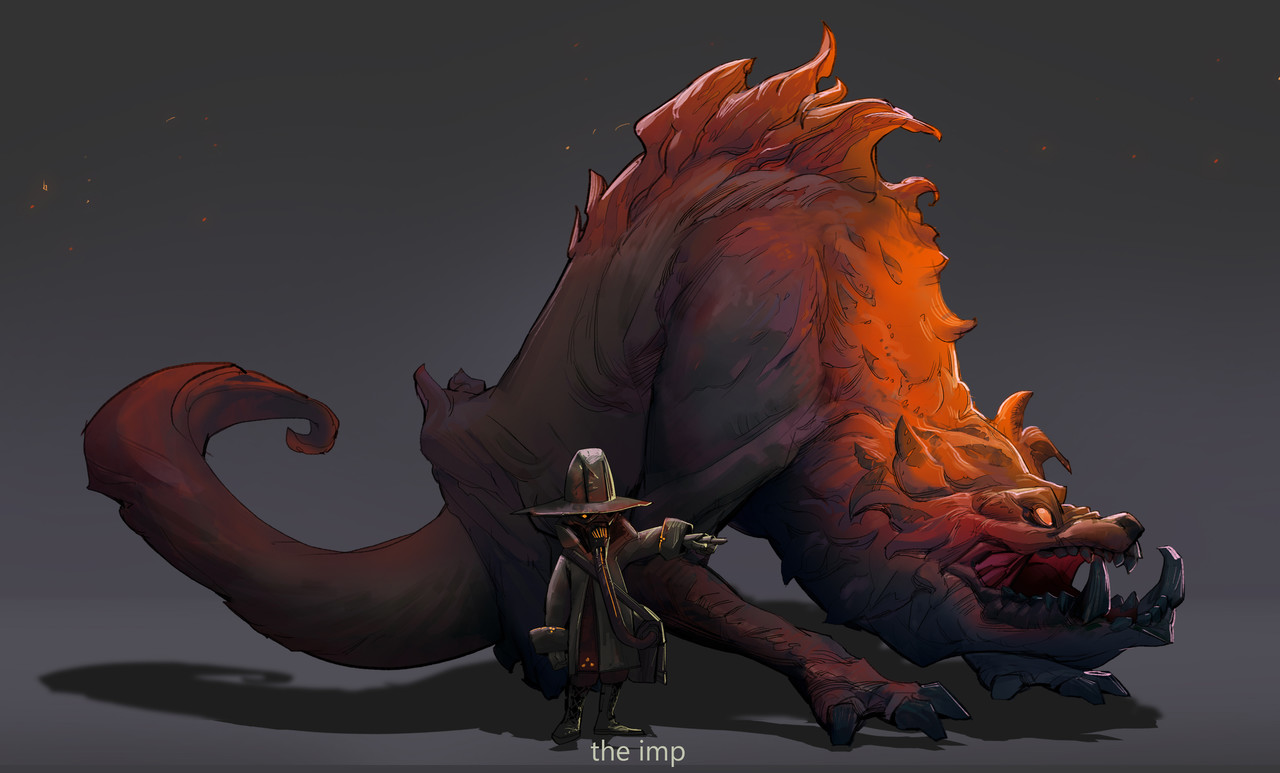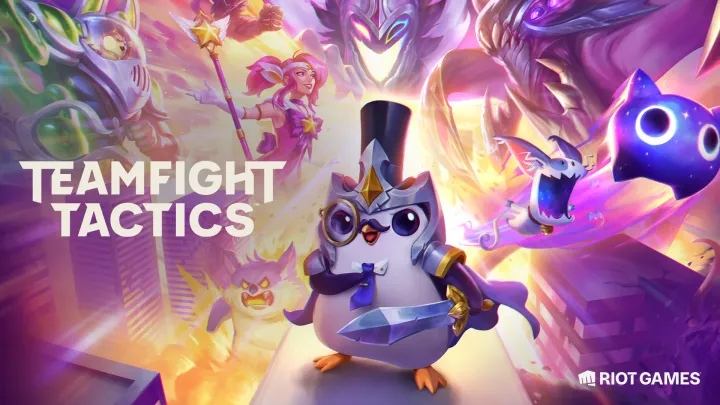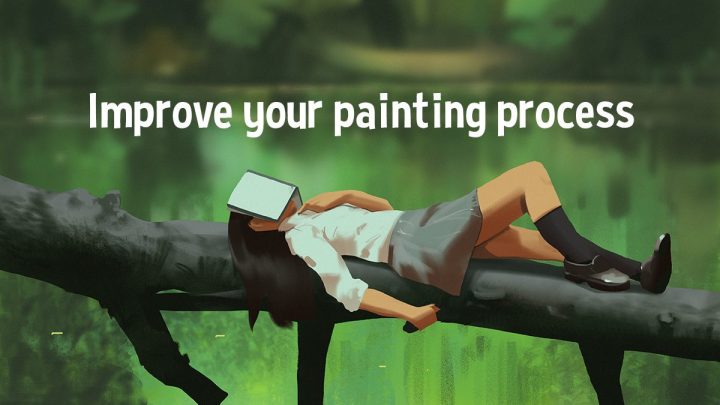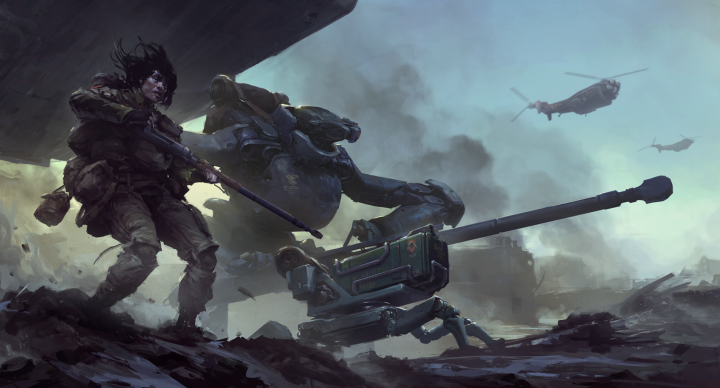Beyond Human Challenge: Character Design Winners Interview
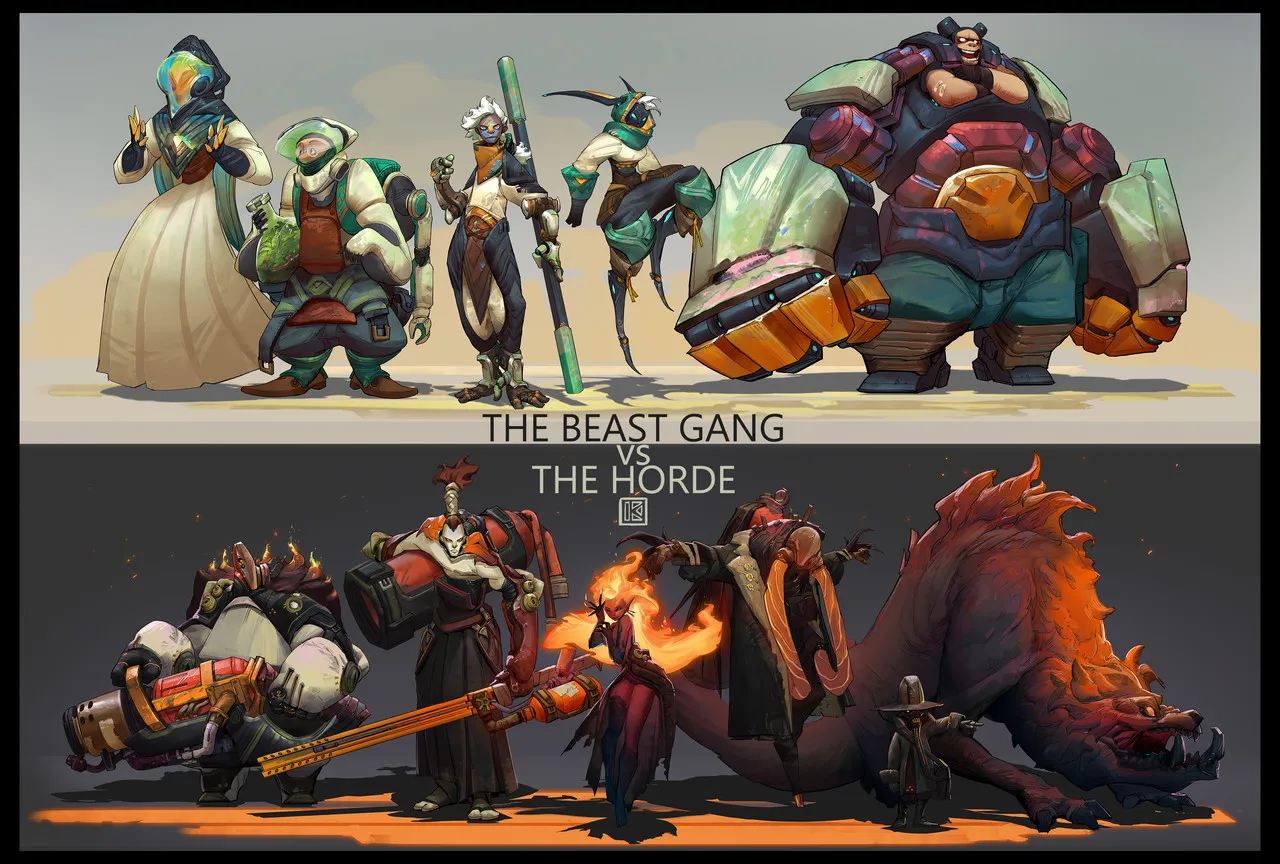 With over 1000 challengers, the Character Design portion of the Beyond Human Challenge was by far the most popular category, making the competition even more fierce.
With over 1000 challengers, the Character Design portion of the Beyond Human Challenge was by far the most popular category, making the competition even more fierce.
Participants had the task of designing ten unique characters (5 heroes and 5 villains) from the future of humanity. Each character had to tell their own story with their clothing, adornments, and gesture. While we did receive comments that designing ten characters seems impossible to complete, the number of of incredible entries submitted to this challenge proves that it can be done. Is it challenging? Yes – but that’s the point!
Browse all the entries from the Beyond Human Character Design Challenge.
We interviewed the winners, Khoa Việt, Georgios Dimitriou, and Bjorn Hurri so they could share their interpretation, inspirations, strategies, experiences and more to help you prepare for your next challenge!
How did you interpret the theme in your design?
Khoa: I start with a lot of research about mechanism part. Because lack of mechanical experience so I try to link to a fun theme which I think I’m good at – animal. I use them to define character’s personality and the story of the project.
Georgios: Frankly, I did interpret the theme quite literally; the title of the challenge ‘beyond human‘ was clearly requesting for an interpretation of characters that transcends the human nature and abilities, a perfect theme for exploring the possible path of humanity co-evolving with technology. I did make a conscious effort to avoid common themes and tropes of decadence and oppression commonly associated with cyberpunk and aimed for a more vibrant and alien world, one that has solved many problems of humanity in its current state. The characters I tried to portray are creatures of a post-abundant society, much in the vein of literature influences and worlds described by authors such as Charles Stross, Alastair Reynolds and Iain M. Banks. A research on current technical journals and trans-humanist essays was also quite helpful in providing inspiration for certain aspects of my suggested world setting.
Bjorn: This challenge was a fun one as it was so open ended, we could go any direction and I knew that a lot of people would go either post apocalyptic or full on alien so I thought I’d try to bridge the two in a unique way. I was streaming this year again for majority of the process and if you’d happen to stumble into the stream you would hear me build up the world as I went along creating it. Carefully deciding on direction shape, contrast and so on while relying on standard narrative tool (like the Iliad narrative devices and so on.)
As a returning or first time challenger, what was your strategy coming into the challenge?
Khoa: I found it very challenging since I went to work by day and had little time to create something ideal and interesting at night. I was exhausted and stresses out because of the late participation and even the the whole idea was not completed.
Georgios: There had been no real strategy other than the application of certain tried and tested methodologies that I always found useful when it comes to character design; I did execute an initial number of sketches just to get a sense of form and functionality of the design, then I moved on to a phase of researching tropes related to the theme and a research on the ideas of other contestants, just to be sure I don’t end up unconsciously plagiarizing. The rest of the process is just the usual drill of character design (sketches, styling, colour palette exploration, uniformity, functionality and marketability of the end design); there’s also the stage of increasing the visibility of my entry via sharing on social platforms, but this is more of a common sense rather than strategy.
Bjorn: This year I was hoping to have more spare time. Last year I was doing a full-time job as Lead artist and doing two freelance contracts at the same time as doing the challenge so needless to say, I was crossing my fingers and toes that this year I would be able to sink my teeth in it fully but alas, freelance contracts trolls came running and I got just as swamped as last year. I decided to muscle through it with carefully planning my weeks and dealing with it all more pragmatically. As an example, this year I focused on design more than rendering.
Were you following other submissions? Which ones stood out to you?
Khoa: I like how Daria Rashev’s created many cool characters. Nicolas Tham’s submission had an appealing world. Ngan Pham’s stood out with individual visual and Oscar Römer’s characters convey story and functional detail.
Georgios: Online challenges and art competitions in general are always a great way to saturate your senses with some high quality art, test your limits and see how you compare to a myriad other challengers; I did follow and like a lot of other contestants and it was no surprise to see Oscar Römer‘s character and Leon Tukker‘s environment entries to be among the winners as well as the excellent interpretation of one of my concepts by Pavel Protasov.
Bjorn: I was following the progress of the winner and second place artists, I clicked around on a few others and a lot of creative stuff was submitted but unfortunately I didn’t have massive amount of time to spend on fully enjoying the submissions. I did follow all the fantastic 3d artists who decided to model my entries though, such an amazing job on all submissions and I was so happy to see one of them making to the honourable mentions!
For you, what is the most important aspect to get across in character design?
Khoa: How you convey character’s energy through shape and how it make you feel- this especially important for building a set of characters. With different characteristics and story, you can imagine their walk, their attitude and how they fight.
Georgios: Successful characters always convey a sense of narrative and empathy of the viewer towards them; efficient character design should be adaptable across many different media and this is always taken into consideration at a subconscious level when i am called to develop a character. This may sound like a blunt and academic statement, but my previous experience in advertising and my collaboration with sculptors has proven them to be true time and time again.
Bjorn: Wow that is a topic I can rant for days about but I would say using narrative tools like cliches, symbols, assumptions and trends in an unique and creative way. I know it is a large ask but I am bored of seeing so much of the same type of ideas around. It’s time we as creatives are just that, CREATIVE.
What would your advice be for future challengers?
Khoa: Take time in your initial step and develop line-up simultaneously to make sure your character looks good not only just standing alone.
Georgios: Enjoy the challenge, be inspired by others , treat the brief as you would treat the brief from any client (that includes keeping track of development time) but most importantly, research the theme from first hand sources if possible and find the balance between unrestrained creativity / brief requirements.
Bjorn: Make sure to plan your approach! Set aside time every day or X amount per week to work on the entries. Procrastination is a pit that you easily can fall into. Also make sure to figure out how much you can get done by doing the first design on a timer. After that, you will know if you need to scale up the effort or cut corners without losing quality. Most importantly, be imaginative and do something new that will catch our eyes.
